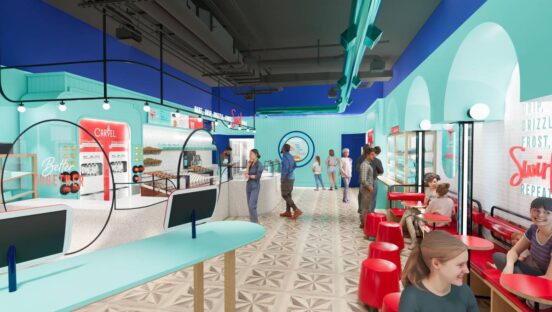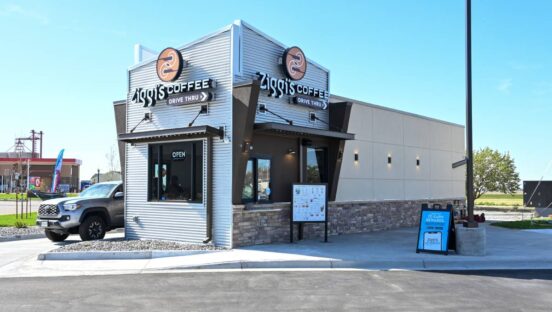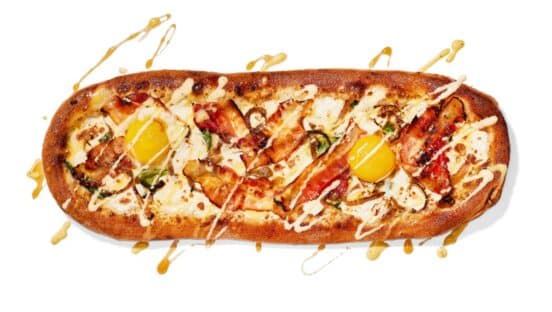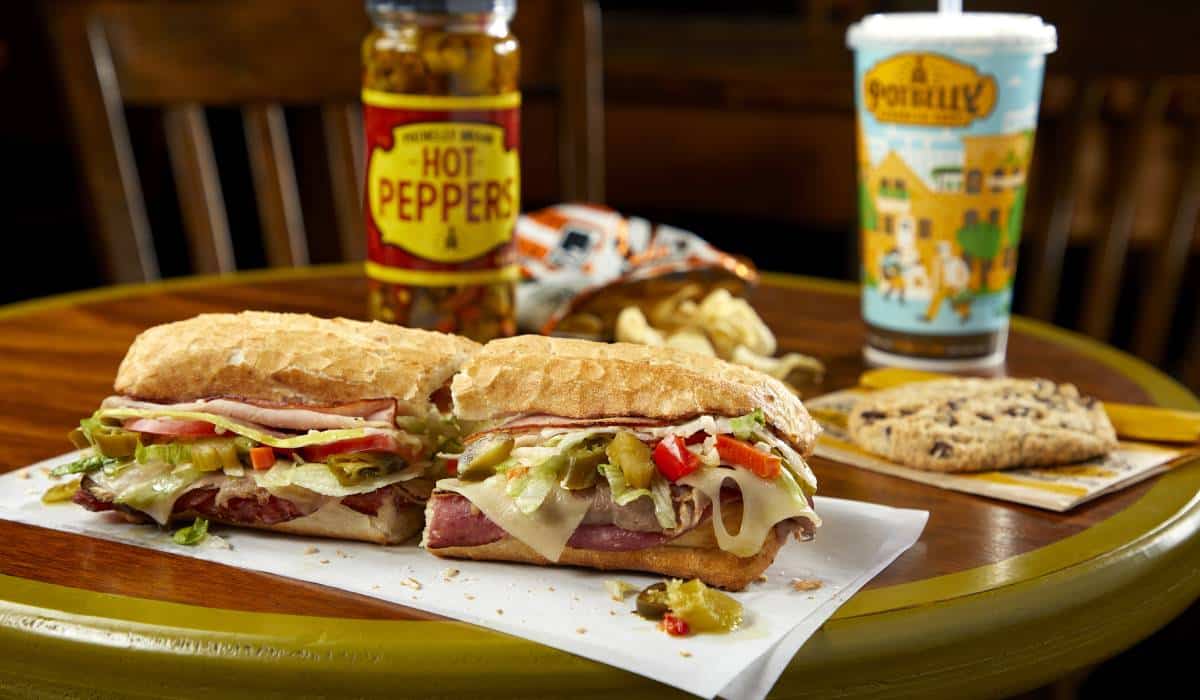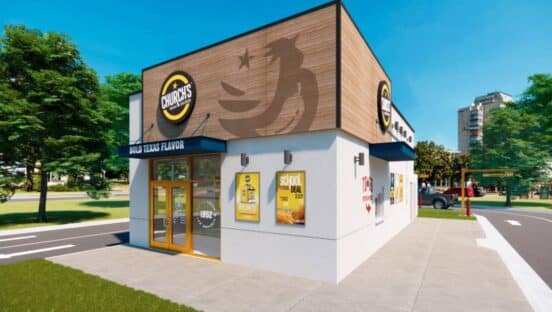The National Center for Education Statistics projects that by 2017 college
enrollment of people under 25 will rise 10 percent, making university
campuses and the college towns and cities that surround them ripe for
potential quick-serve expansion.
More than 200 of Subway’s 23,000 U.S. restaurants are located on college campuses, says Janet Bencivenga, the chain’s new business development account manager.
“We’re largely in the student unions, but we are in various types of places including administrative buildings, dormitories, stadiums, library buildings, classroom buildings—anywhere it makes sense where there’s people that need food, that’s where we want to be,” she says.
While chains are sometimes provided with the opportunity to choose where on campus they would like to open a new location, often it’s up to the school.
“A lot of it has to do with where the college feels they need to put it,” says Les Winograd, spokesman for Subway. “They’ve probably already planned where they’re going to have these openings. If they’re expanding, you have a lot more options. If they’re just replacing something, sometimes you have to go where they have that space.”
Other brands not interested in locating directly on campus make sure to position their restaurants in entertainment districts just beyond campus borders. Though it has locations at the University of Massachusetts Amherst and at the University of Wyoming, Pita Pit likes to grab the patronage of nonstudents, too.
“We want to kind of be close enough to campus that we get that daytime traffic from the students, but usually we try to locate in the entertainment district or a downtown area so we’re not completely tied to the student population,” says Kevin Quinn, director of franchise development for Pita Pit USA. Out of the 180 Pita Pit locations in the U.S., 100 are located near college campuses.
Ten percent of Qdoba’s 500 restaurants are located in close vicinity to college campuses, and the brand uses a strategy similar to Pita Pit’s for selecting those locations.
“There’s always one or more retail trade areas that are immediately adjacent to the university, so those are clearly places we seek out,” says Todd Owen, vice president of franchise development for Qdoba.
In terms of operation hours, most quick serves located either on or near a university extend hours of operation into the wee hours of the morning to cater to their consumers’ unusual sleep patterns.
“Most of our franchises are willing to stay open late night if there’s a reason,” Bencivenga says of Subway. Both Pita Pit and Qdoba stay open until the early morning hours for the night-owl crowd as well.
“Where a typical Qdoba closes at about 10 p.m., obviously there’s a lot of activity on a college campus post-10 p.m … so we alter our hours to accommodate students whether it just be the fact that they’re out late or perhaps looking for a meal later,” Owen says.
Although these types of brands capture consumers who are uninterested in the typical cafeteria meal plan, they also suffer seasonal sales slumps when class is not in session. But because the restaurants, both on and off campus, are located in areas that are constantly being passed by student foot traffic, they tend to do slightly better overall than locations that are not in close proximity to a university—a boost most credit to brand recognition.
“I think students appreciate the convenience and quick service that we offer and also the brand-name recognition,” Bencivenga says. “They know what they’re going to get. They’ve had it outside, now they’ve got it on the campus and they’re happy with it.”
Owen says customers’ brand preferences while in college carry over with them after entering the real world.
“From a branding standpoint, we all have certain brands … that we become familiar with,” he says. “Students congregate on a college campus, but they graduate, and they go get jobs, and they have brand preferences. So the brands they became familiar with when they were dining as a student transfers.”
The strategy of establishing early brand connections is nothing new for Pita Pit. Quinn says Pita Pit has always gone after the college crowd in hopes that students will remain loyal to the brand.
“For our concept, when the co-founders … first started in the late ’90s and the early 2000s, Pita Pit pretty much exclusively developed in college markets, and so that’s really the bread and butter,” Quinn says. “College development is always a focus of our company.”







